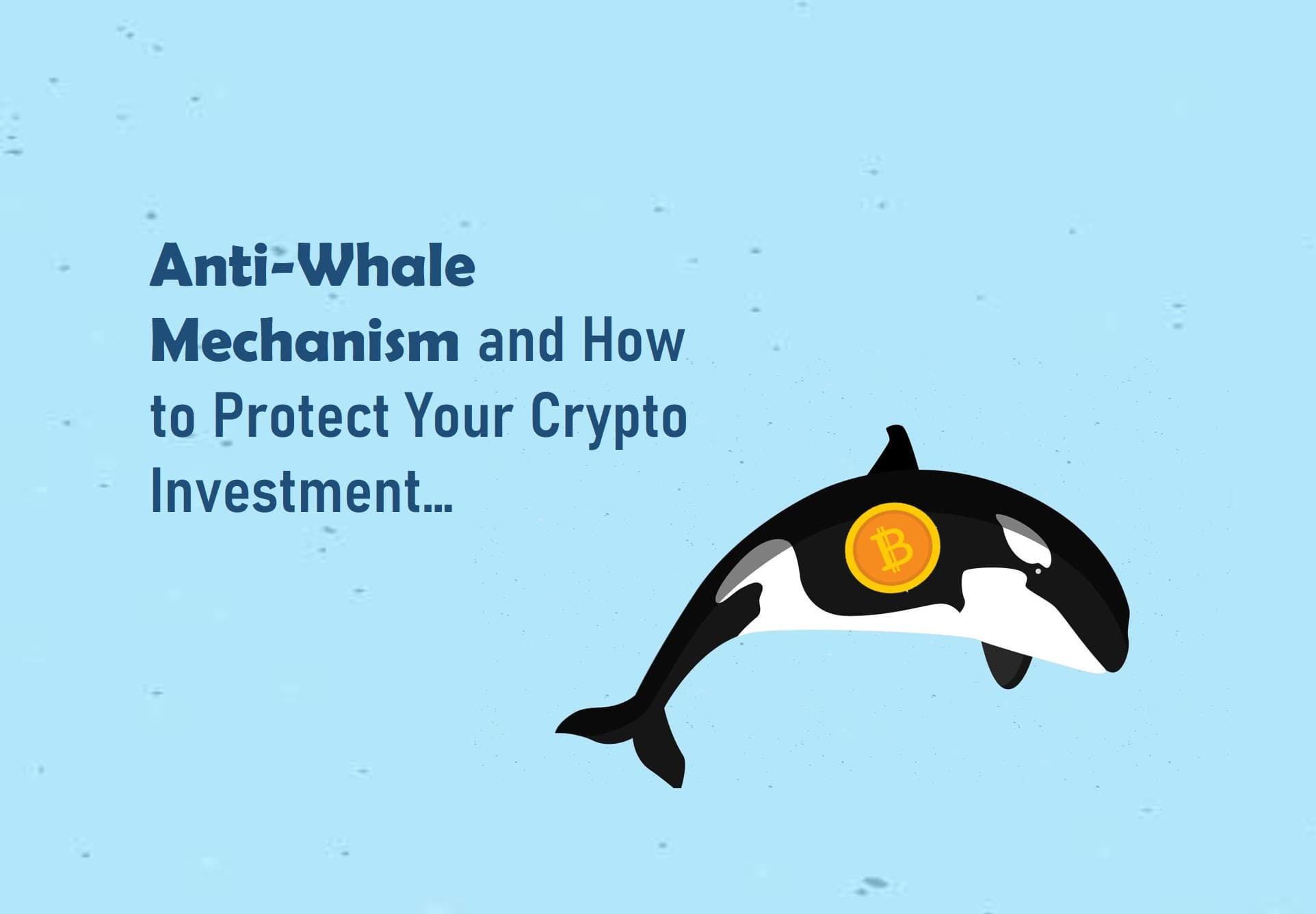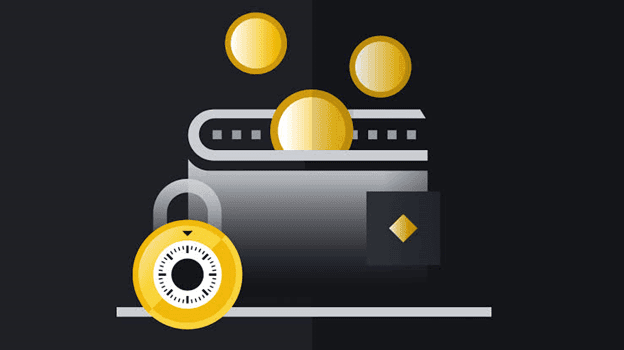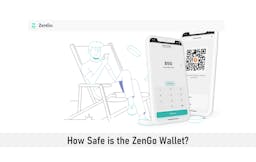
The Anti-Whale Mechanism Concept
In the cryptocurrency world, an anti-whale mechanism is a functional system that checks or counters the activities of the crypto whale(s) who use their immense wealth to manipulate the price of a cryptocurrency, this may include heavy volume selling of cryptocurrency to create a panic or run in the market.
Retail investors bear the brunt of panic selling when faced with an unverifiable reason for a decrease in the price level. Retail investors incorrectly assume there is negative news that they simply don’t have access to yet.
Retail investors incorrectly assume whale(s) have some special knowledge and are selling quickly before the news becomes public.
SEE ALSO: How to Avoid Panic Selling in a Cryptocurrency Dip
Whale(s) then monitor the sale due to panic in the market for some time before the cryptocurrency is repurchased at a cheaper price. This activity can sometimes be masked by selling and purchasing cryptographic exchanges. You might be lured into selling your cryptocurrency holding due to panic when prices become insanely volatile.

Key Takeaways
• Over time, Whales will sell some of their holdings and flood the market pushing prices below their true value, they purchase back in large volume creating artificial scarcity. They now release those coins at their own pace thereby determining the price a coin goes for.
• Bitcoin and Ethereum still holds a larger percentage of whales being the pioneers of cryptocurrency. A few whales go this privilege by getting into the market at the inception and creation of those coins which huge capital and high risk taking.
How To Protect Your Crypto from Whales
First, know that such frauds were forever around. The very same unethical trading approach has afflicted gold prices and thinly traded equities even throughout the last few decades. If you have a thinly traded asset with extremely significant players moving huge amounts of money from and within the thinly traded asset, you can witness huge price shifts.
Sadly it is difficult to bring a ‘bad trader’ to court because of the decentralized and private nature of bitcoin and many other cryptocurrencies. Perhaps, though, we don’t have to bring them to justice.
The greatest way to defend oneself from dishonest trading of this type is by recognition of it, and maybe even during the sudden downward correction to take benefit of the deceit.
SEE ALSO: How to Avoid Panic Selling in a Cryptocurrency Dip
This Difficulty Will Be Resolved as the Market Matures
Whales will over time market part of their assets. As the market matures and decentralizes, the execution of a ‘rinse and repeat’ deal becomes more difficult.
As whales represent a less and diminishing fraction of top owners of cryptocurrency, smaller players may ‘absorb’ and ‘pick up’ extraordinary surges in crypto-monetary values. It is not going to be easier. Software, data, and AI will also make automated trading increasingly accessible to the common investor.
When the crypto market matures, the ‘rinsing and repeating’ problems go away on their own, as whales start to lose money in the process of doing these businesses. Smaller traders the market will not be misled into panic sales. Instead, people lean into extraordinarily aggressive sales and start purchasing bitcoin at a bargain.
As soon as Wales continually loses money from the rinse and recurring businesses, this type of dishonest commerce will vanish without the assistance of the regulators.
How can you keep yourself safe in the meantime?
1. You can do this through whale Twitter feed monitoring. You can register on Twitter for whale alert
2. You can see an updated list here if you’d want a comprehensive list of Bitcoin whales
3. Do not sell in a panic mode
Know why you’re selling before you sell. Don’t sell if you don’t comprehend why the price of your coin falls.
With crypto-monetary demand, crypto-monetary hacking also began to rise. And, as Bitcoin and Ethereum are becoming increasingly popular, hackers aim to take advantage of these currencies. Hence, this article discloses quick 10 steps to protect cryptocurrency investments which can be found below:
Step 1: Take a Hybrid Approach
Since the possibility of hacking your digital wallet also increases with online wallets day after day. Therefore the majority of the user’s cryptocurrency should be stored utilizing offline wallets by depositing a bit of monetary value in the online wallet.
Step 2: Set a Strong Password
Most individuals reusing their passwords across various accounts might jeopardize you since hackers are vulnerable. This allows you to safeguard your cryptocurrency account very much by setting a strong and unique password that is not similar to the passwords of other accounts.
To reduce the danger of hacking, it is also essential to utilizing two-factor authentication. This is one technique of safeguarding the Bitcoin investment.
Step 3: Choose Notable Cryptocurrency Wallets
Investors should also take a look at the security measures that the platform offers to safeguard their data before investing directly in cryptocurrency platforms. Choose a noteworthy multifactor authentication and encoding cryptocurrency wallet before conducting trades.
Step 4: Stay Alert of Phishing
Many bitcoin investors run mobile applications, and hackers may attack your account in this respect by obtaining your mobile credentials via mobile phishing. So, because consumers are aware of the necessity of antivirus software for their smartphones and tablets, the security has increased.
Step 5: Confirm How Transaction is Used
A crypto wallet is not simply data and code. It has a huge asset and money worth. Know how you utilize it for transactions and ensure that networks and systems are not in any way hacked. This is one technique of safeguarding cryptocurrency.
Step 6: Understand the Processes
As most of you invest in cryptocurrencies, you must safeguard yourself, as banks don’t have a strong technological background in this sector. Secret key protection, regeneration seed protection, and crypto-miner malware are the three most important components to know about cryptocurrencies. These components can assist you.
SEE ALSO: How to Earn Compound Interest on Cryptocurrency
Step 7: Do Not Share Secret keys
The secret keys are personal, free of charge; nobody should know this. Cold storage is the secure approach to keep your private key. It prints your keys and removes all the digital traces.
Step 8: Avoid Wallets Hosted by Providers
The other way to protect crypto is via laptop or desktop wallets. Avoid wallets hosted by providers who could allow hijackers to hijack your crypto account. Hence use an electronic wallet to store private keys and information.
Step 9: Cold Wallets Drawback
Since the cold wallets are offline, the private address must be written on the paper to which the owner is entitled. Here a cold wallet is always at a disadvantage when money is transferred between exchanges and recurring withdrawal fees might also be incurred.
Step 10: Hot Wallets and Their Risks
Retail investors utilizing hot wallets can make matters easier; however, the loss of substantial cash has also happened after a successful exchange breach.
There should be also strictly monitoring and evaluation of the number of funding to which they have access. Since retail investors would be the targets of hackers, appropriate storage methods should be employed to avoid hacking concerns.
SEE ALSO: Best Hot & Cold Wallets
Frequently Asked Questions (FAQ)
1. What is a whale in cryptocurrency?
‘Whales’ are those individuals that hold large amounts of cryptocurrencies. They usually tend to disrupt crypto market movements when they carry out certain actions on a large scale such as withdrawing a huge amount of crypto coins or pumping in huge amounts of crypto into the market.
2. What is the safest way to keep crypto?
Using a hardware wallet sometimes called “cold storage” is widely accepted as the most secure method for storing cryptocurrency. It’s backed by security experts and keeps your private keys offline so your crypto is inaccessible to anyone but the holder of specific access codes.
3. Can someone steal my Crypto with my wallet address?
It is not possible to steal digital currency with a public address alone. The only way someone could access your funds would be if they had access to your Coinbase account, or in the case of a non-hosted wallet, your private key.
SEE ALSO: How to Back-up Your Hardware Wallet
Final Thoughts
Protecting your crypto investments is very important as failure to do so can easily lead to thefts and hacks. Also, keep your recovery phrase safe as without it you won’t be able to access your crypto coins.
Thankfully, anti-whaling mechanisms have been put in place to prevent unnecessary volatility in crypto prices in the market.
Read More




